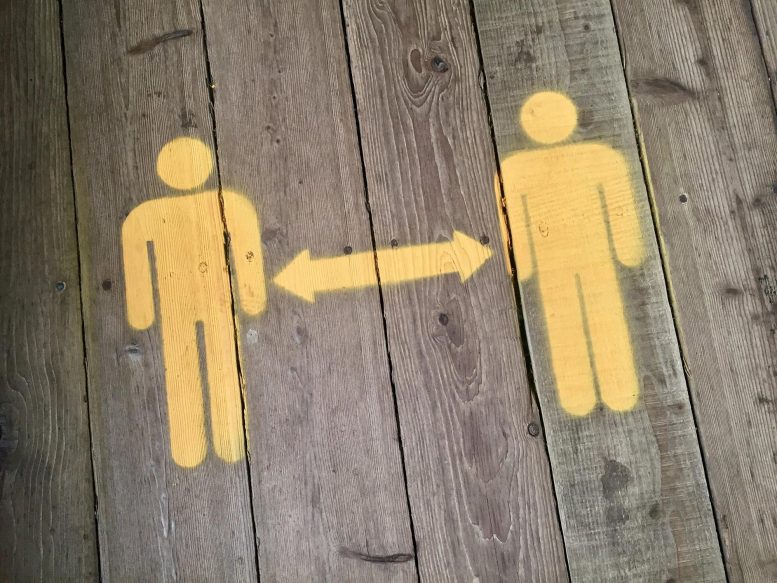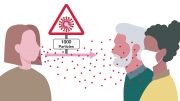
Dr. Robert Murphy says we should be able to move to three feet of distancing.
Physical distancing with masks for the general public should shrink to 3 feet (0.9 meters) from the current recommendation of 6 feet (1.8 meters), says Dr. Robert Murphy, executive director of the Institute for Global Health at Northwestern University Feinberg School of Medicine.
Murphy’s recommendation follows the new updated guidelines from Centers for Disease Control, which recommended K-12 schools should separate students wearing masks at least 3 feet.
“There’s no reason we can’t expand this to outside of the schools,” said Murphy, a professor of infectious diseases at Feinberg. “We must keep the masks, though. That is crucial.”
The 3-foot mark is the critical distance at which secretion droplets — which travel in an arc — have already begun their descent to the ground and fallen below the nose and mouth of a passerby. Droplets are the preliminary way COVID-19 is spread from person to person.
“This will have a huge effect,” Murphy said. “Trying to keep 6 feet away from people – that is a 12-foot (3.7-meter) diameter circle. We don’t have enough room for that. That’s a very large circle required to isolate yourself. If that circle was only 6 feet with you in the middle, it would make things a lot easier.”
Murphy stressed this 3-foot distance doesn’t apply to a gym or health club, a choir, or contact sports. “This is only for everyday living in a lower-risk environment,” he said.









Be the first to comment on "Three Feet, Not Six: Physical Distancing Guidelines Must Be Updated to Reflect New Science"